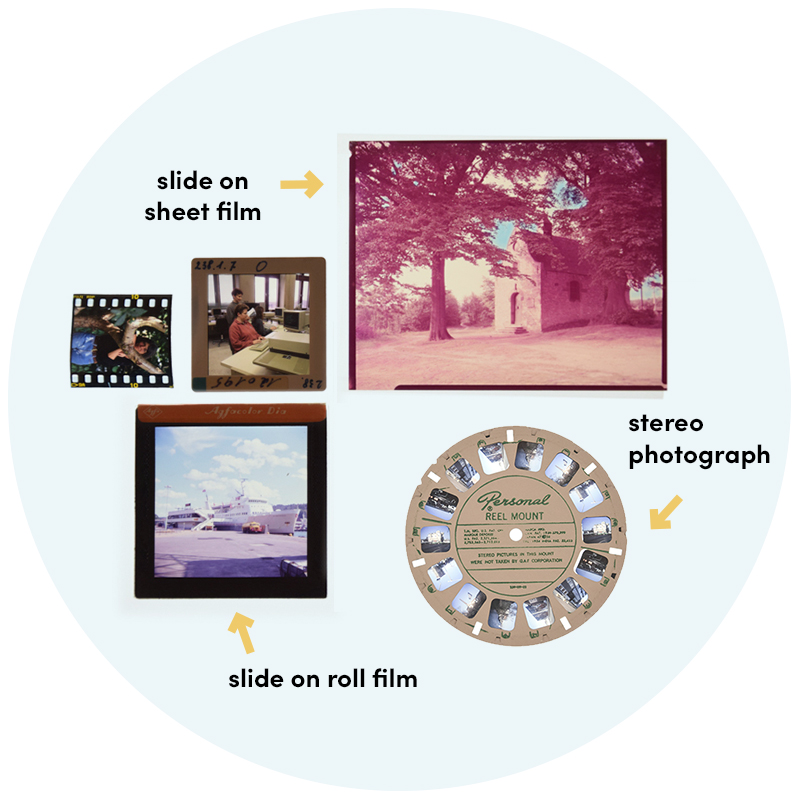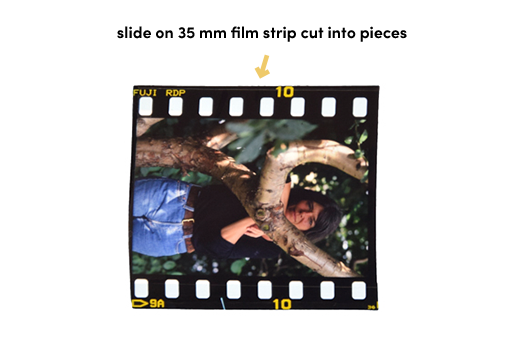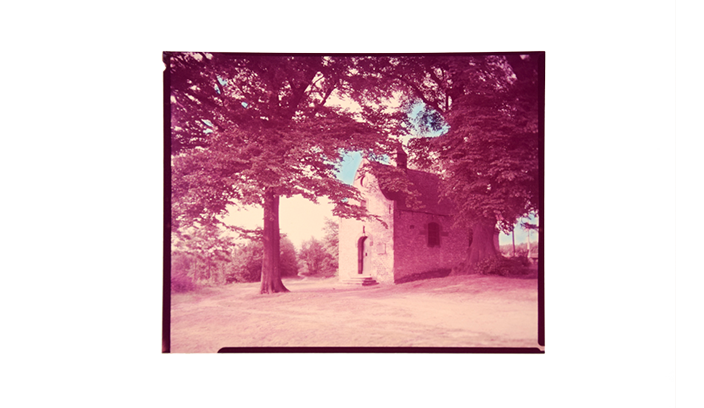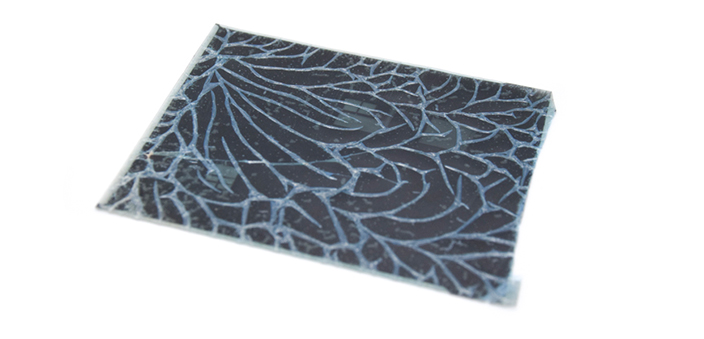Read more
![]()
Sheet film
But slides also appear on sheet film. Sheet film was developed using the reversal procedure after exposure in a camera: instead of a negative image, a positive image appears on sheet film straight away, which can then be projected onto a screen.
Framed or loose
Slides usually come in 5 x 5 cm plastic, metal or paper frames, or on a carousel, but can also appear in strips. Sometimes they are placed between two glass plates for protection.
Slides were often projected onto a large screen using a slide projector at home in the past, or used in lessons and lectures at schools and universities.
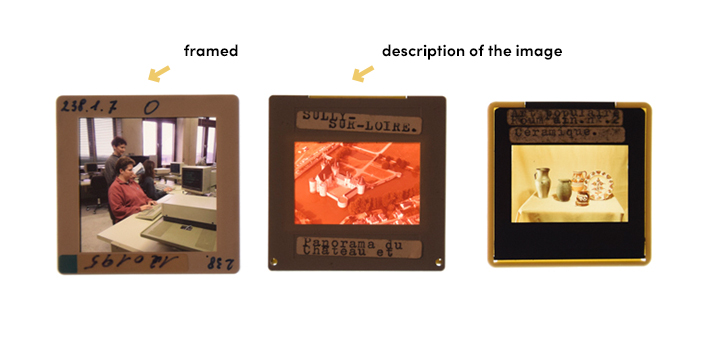
Take note of the slide order
If you have slides in a box, the order in which they are arranged can be very important because these sequences often tell a story about the time or context in which the photos were taken. You can often find the date of development on cardboard frames.
Stereoslides
If you have two slides that are almost identical and mounted next to or opposite each other on a cardboard disc, this is a stereo photograph. Read more about it here.
Storage
Slides are best stored in cool conditions in polypropylene, polyester or polyethylene insert folders, which fit in ring binders. Never use PVC folders or binders – PVC releases substances such as hydrochloric acid which can severely damage your photographic materials.
You should therefore keep slides in paper storage materials in the long term. The breathable paper allows these harmful substances to escape if they are released from slides on nitrate or cellulose acetate film.
Flammable
Until the 1930s, film was made from nitrate, a highly flammable material that releases nitric acid as it chemically decomposes. Nitrate film was then replaced by cellulose acetate film, but this gave rise to a new problem because this carrier is susceptible to vinegar syndrome.
Colour slides are always on cellulose acetate film. If it smells of vinegar, or you see any cracks and the emulsion layer coming away from the carrier, this is a clear sign and you should digitise these slides on nitrate or acetate film as soon as possible.
You can find a detailed guide at projectcest.be that will help you to identify nitrate film. Filmcare can also help with identifying nitrate, cellulose acetate or polyester film
Did you know…
… prolonged or frequent projection of slides can damage them? It is therefore recommended to always make duplicates of the slides in case of intensive use, and to keep the originals in a dark place under stable humidity and temperature conditions. Read more about storing your photographic materials here.
You can find more info about slides here:



